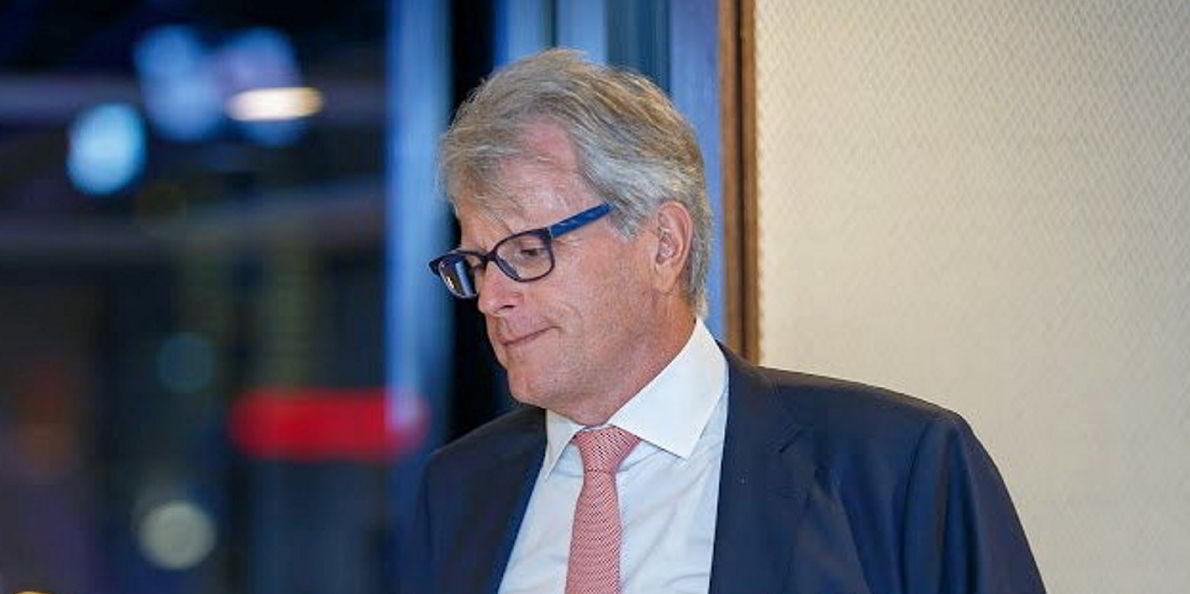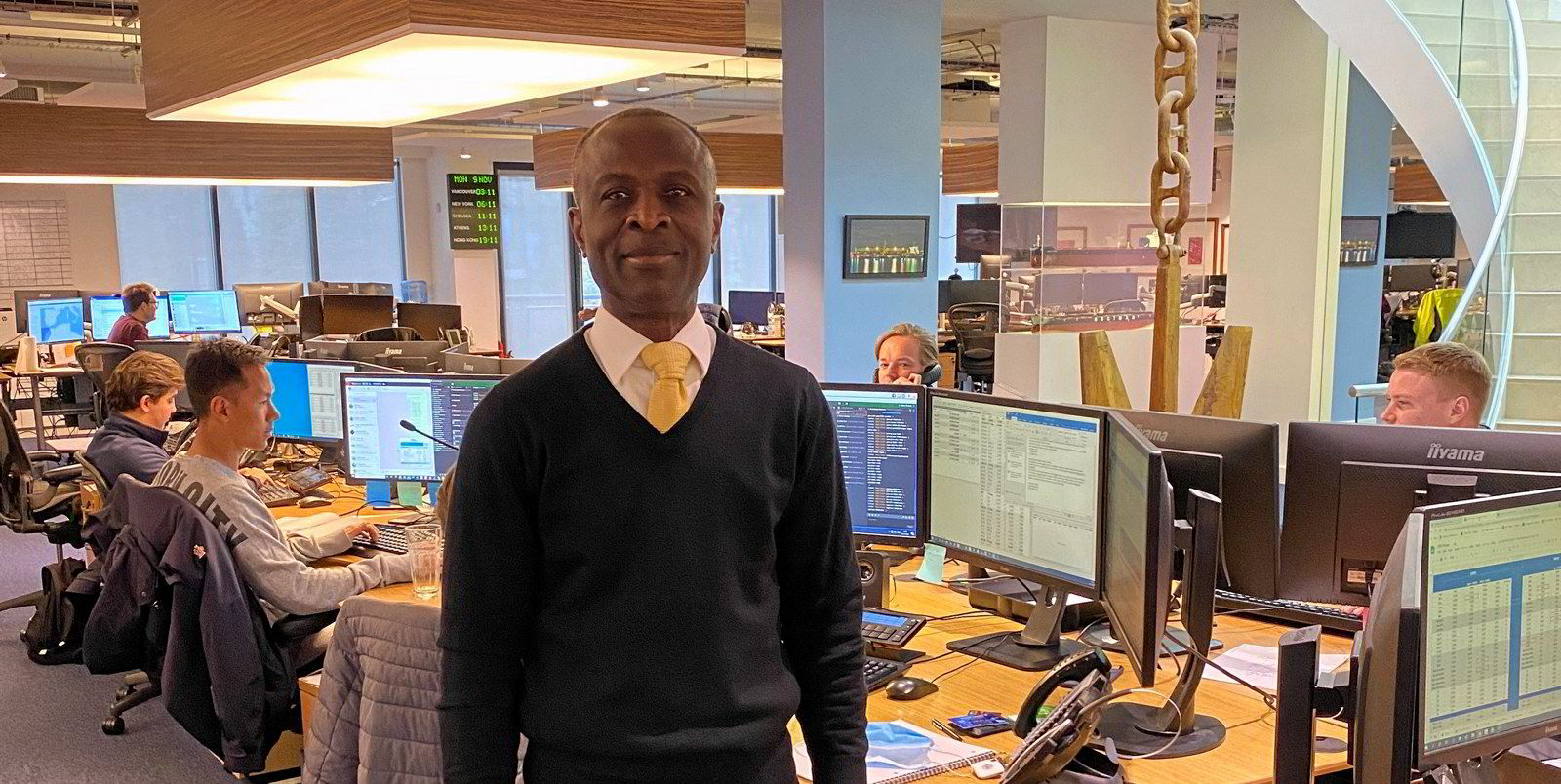The UK-based Seastar Group is quietly building up its handysize bulker fleet and its cash box with sale-and-purchase transactions going in both directions, as well as a newbuilding programme with two imminent deliveries.
Business has been good. The private company’s shipowning unit Seastar Ship Holdings recently reported a full-year profit of $34.6m for 2021, with a very positive outlook for the current year.
Since posting those results in March, Seastar has sold a ship, pocketing some $16.3m in late April for its 35,000-dwt Seastar Empress (now renamed Vega Everest, built 2011). (See related story.)
But bigger news than what Seastar has done is who Seastar is.
The low-key company has managed to stay out of the headlines since it was founded five years ago by Richard Meins and Per Magnus Karlsen.
Londoner Meins, 67, is the co-founder of global powerhouse Arrow Shipbroking, from whose day-to-day management he stepped back only a year ago, after 31 years at the helm.
Karlsen, 63, a Norwegian who lists a residence in a Swiss ski resort, is from the family behind Glasgow-based ship manager Norbulk Shipping UK, formerly a partner with Sweden’s Ellingsen family in Anglo-Nordic Shipping, an outgrowth of the legendary shipowner Erling Naess’ shipowning empire.
Seastar managing director Daniel Perrott, 45, came to the company as a veteran RBS banker where he was the former head of global shipping coverage.
Out of the headlines
“[At] this particular moment in the company’s development we would prefer to keep things somewhat under the radar and instead focus on building our business,” Perrott told TradeWinds. “[We] are very focused on the day job, and at this stage would ideally prefer not to have additional distractions.”
Since founding Seastar in March 2017, Karlsen, Meins and Perrott have built up a fleet that currently stands at 10 handysize bulkers of between 30,000 dwt and 37,000 dwt, including three purchased opportunistically during the worst of the Covid pandemic.
All the ships are technically managed by Norbulk, and listed in some reference sources as beneficially owned by Norbulk. But filings with the UK’s Companies House show the registered owners of all 10 vessels as 100% owned by Seastar. Meins and Karlsen each hold “more than 25% but not more than 50%” of the shares.
Besides ships on the water, there are two newbuildings set for delivery soon from Hakodate Shipyard in Japan.
The 39,804-dwt Seastar Harrier and Seastar Hawk (both to be delivered in 2022) are a result of Seastar’s calculation that it was time to shift from opportunistic secondhand buying to renewing with more modern and lower-emission tonnage.
The company maintained an optimistic outlook as of late March, when Perrott explained its strategic choices in the 2021 annual report.
“Our assessment that 2020 would see the worst of the Covid-related downturn, and therefore a good time to capitalise on low asset prices to expand, appears to be sound,” wrote Perrott.
“[Rising] freight rates inevitably led to sharply rising asset prices and lessened our immediate desire to acquire further secondhand vessels at that time. With many owners focused on acquiring tonnage that could immediately take advantage of the increased freight rates, Seastar was able to secure very attractive newbuilding slots in Japan” for ships that “will assist in modernising our fleet and better prepare us for future regulatory restrictions on items such as greenhouse gas emissions.”
Now, however, the handysize owner has turned its strategic focus towards Ukraine.
‘Thriving on inefficiencies’
“Although it is heartbreaking on a human level and we all hope comes to an end swiftly, from a strictly business perspective shipping always appears to thrive from the inefficiencies of global crises,” Perrott wrote in the annual report.
“It is thought highly likely we will see short-term issues in the Black Sea, the Baltic, and the Russian Far East, but medium-term this is likely to increase positive income opportunities as the tonne-mile calculation increases in our favour for many commodities.”
On the cost side, Russia’s invasion of Ukraine can be expected to lead to an inflation in crewing costs, but this can be expected to hit all owners equally.
“[The] company is now well-positioned with modest leverage and an experienced team to be able to benefit from the improving global economic activity forecast,” he wrote. “The directors will continue to closely evaluate opportunities to purchase additional vessels or renew the fleet.”





